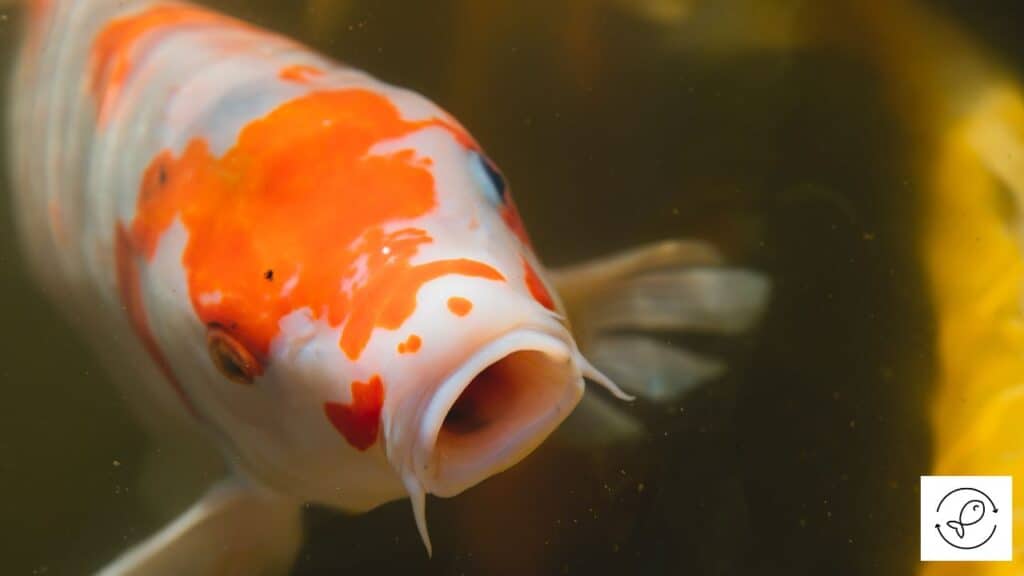Aquarists often feed mosquito larvae to their pet fish for enhancing their colors.
However, mosquito larvae can be a major concern as they are known to carry diseases.
Besides, getting rid of mosquito larvae isn’t easy.
But there are many ways to eliminate them. Introducing fish that eat mosquito larvae is one of the best and safest options.
So let’s learn more about such fish.
Goldfish
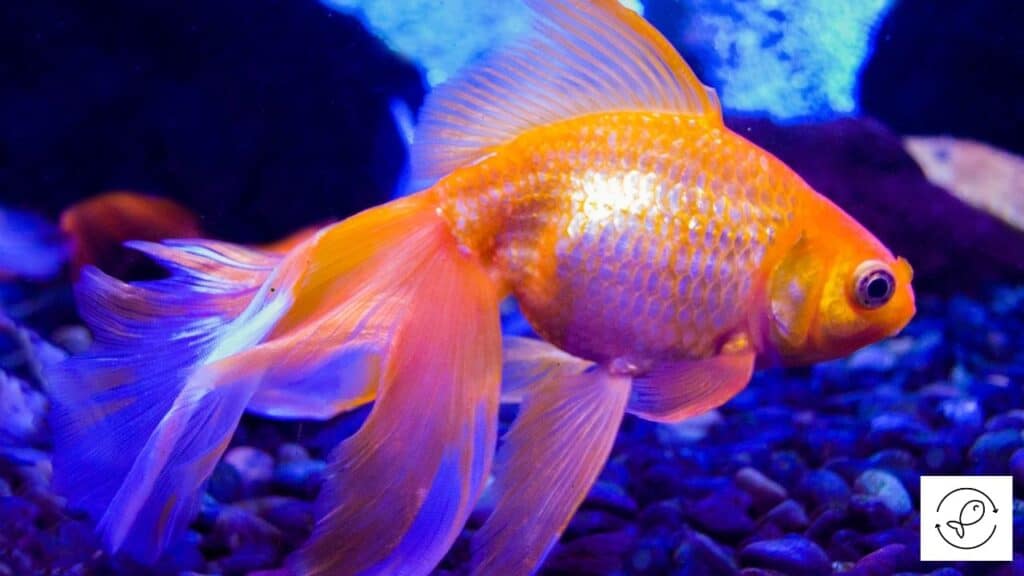
Goldfish are the most popular freshwater aquarium fish.
These fish is often the first pet for many fishkeepers because of their colorful appearance, hardiness, and easy maintenance.
The common goldfish belong to the Cyprinidae family and are native to East Asia.
They are a relatively small member of the carp family and are closely related to other ornamental fish like koi.
There are over 200 goldfish varieties created through selective breeding. Most of these varieties consume mosquito larvae.
Comets and Shubunkin goldfish eat mosquito larvae in abundance.
Their dark coloration makes them easy to blend in with their surroundings to spot and eat the mosquito larvae.
Also, smaller goldfish find it easy to maneuver in the pond and look out for the mosquito larvae hidden behind the plants and other hiding spots.
Aquarists often feed mosquito larvae to their goldfish in captivity, which is healthy for their growth.
Goldfish consume a lot of mosquito larvae in the early stages of their development.
Guppies
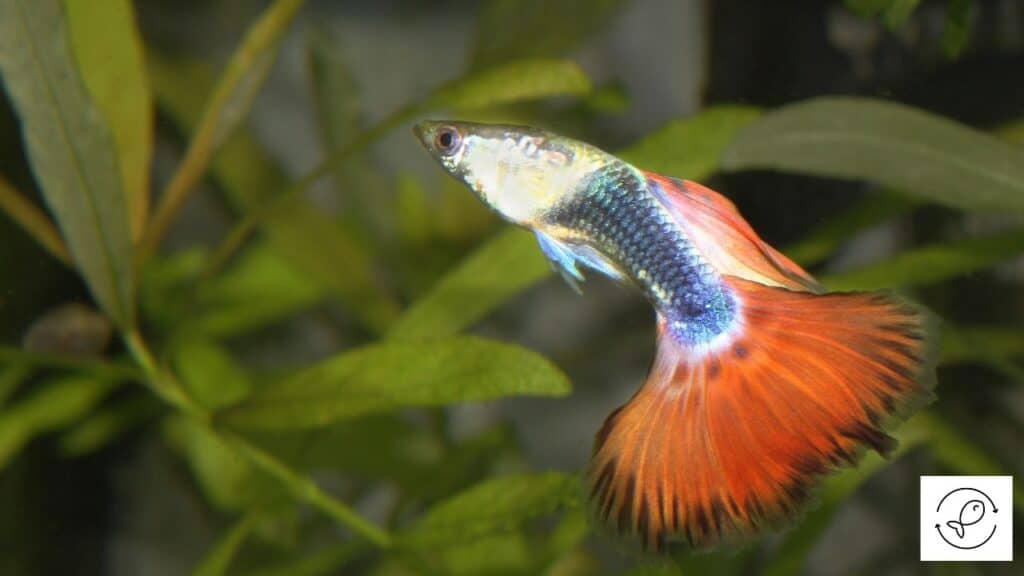
Guppies, also known as millionfish and rainbow fish, belong to the Poeciliidae family.
They originated from northeast South America, though most prevalent in Brazil and Guyana.
Due to their vast distribution, guppies are now found worldwide, except in Antarctica.
These fish are commonly kept in tanks and ponds.
They are favorites among aquarists due to their stunning coloration and beautiful markings that can liven up any aquarium.
One of the unique features of guppies is that they can consume nearly their body weight in mosquito larvae.
Hence, they are considered a cheap and reliable option to control the mosquito larvae population.
Besides mosquito larvae, guppies feed on algae, plant matter, diatoms, aquatic insect larvae, and tiny crustaceans.
In captivity, you can feed your guppies a balanced and nutritious diet consisting of high-quality flakes, pellets, and green veggies.
Live and frozen food such as bloodworms, brine shrimp, daphnia, etc. that are rich in proteins can also be given as occasional treats to guppies.
Zebra Danios
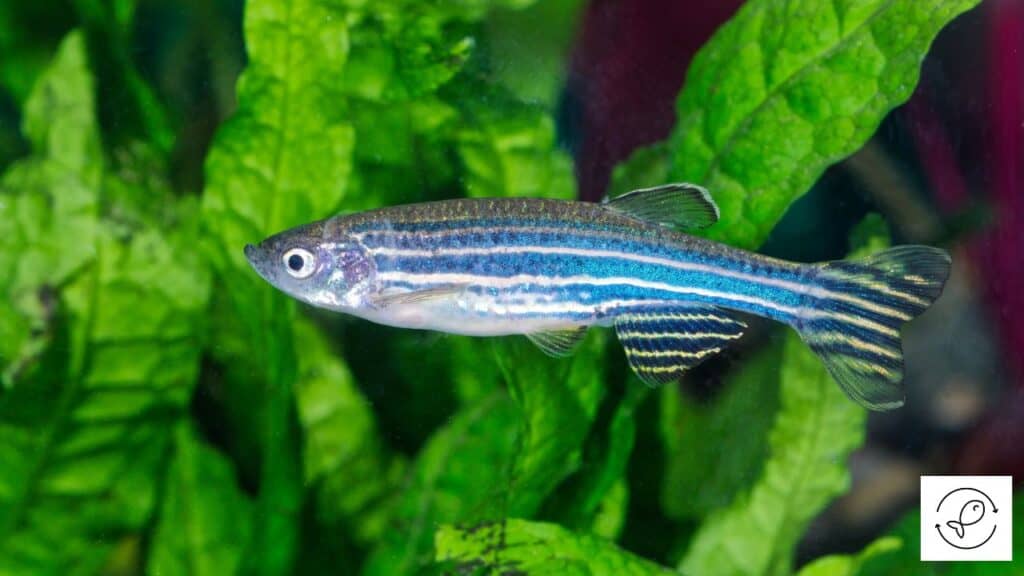
Zebra danios are another fish well known to eat mosquito larvae. They are one of the most popular tropical fish species in the world.
These fish have a unique appearance, making them stand out from their counterparts. They have stripes along their body and fins.
Their small size, usually less than 2.5 inches long, makes them ideal for a community tank.
They do best when they’re kept in groups of at least five or more.
Zebra danios not only eat mosquito larvae but also consume mosquito pupae.
Mosquito larvae are a good protein source for zebra danios.
Aquarists often feed mosquito larvae to zebra danios as it helps enhance their color.
Golden Orfe
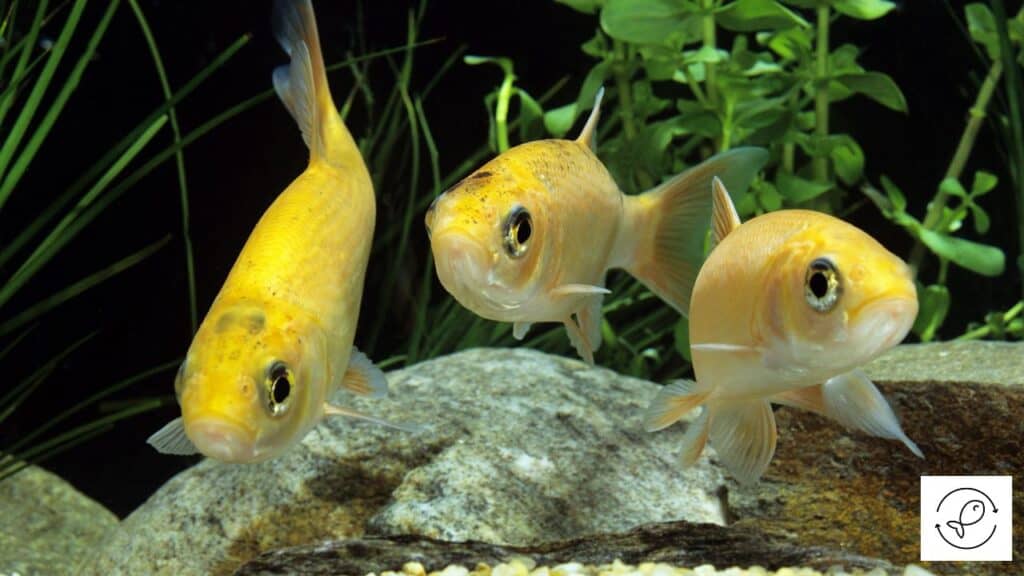
Golden orfe is a freshwater fish belonging to the Cyprinidae family.
They are found in rivers, lakes, and ponds across Asia and Northern Europe.
They are long and slim with yellow-colored bodies and usually have small black spots across their backs.
The golden orfe is a carnivorous fish that feeds mainly on invertebrates like insects, worms, mollusks, snails, and small fish in its natural environment.
These fish also prey on aquatic pests such as mosquito larvae and water beetles.
They are a great addition to a pond for controlling the mosquito larvae population along with large fish such as koi and goldfish.
Koi

Koi are ornamental fish native to Japan. They are popular for their colorful patterns and bright colors.
They are highly active fish that require plenty of space to swim around. Their large size makes them ideal for an outdoor pond.
Koi do eat mosquito larvae but in moderation. They don’t actively seek out mosquito larvae, unlike other fish.
However, if there’s an ample supply of mosquito larvae, then koi will happily devour them.
Mosquito larvae are healthy for koi as they contain essential nutrients for the optimum growth of koi.
Plecos
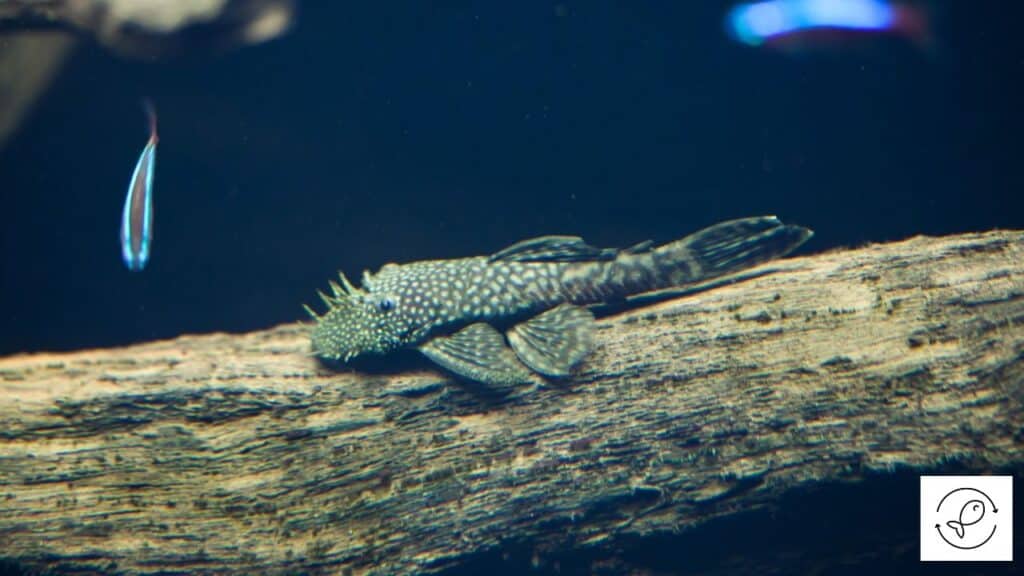
Plecos or suckermouth catfish is a tropical freshwater fish inhabiting tropical northeast South America.
This fish is primarily found in northeastern Brazil, Guiana, and Trinidad and Tobago.
Plecos are bottom-dwelling fish popular among aquarists for their unique ability to clean tank algae and debris.
Just like koi, plecos also consume mosquito larvae in moderation.
They aren’t a massive consumer of mosquito larvae and like to feed more on algae, plant matter, wood, and small insects.
They are compatible with many other fish species of similar temperament.
However, you shouldn’t house them with other plecos to avoid competition for space and food.
Mosquitofish
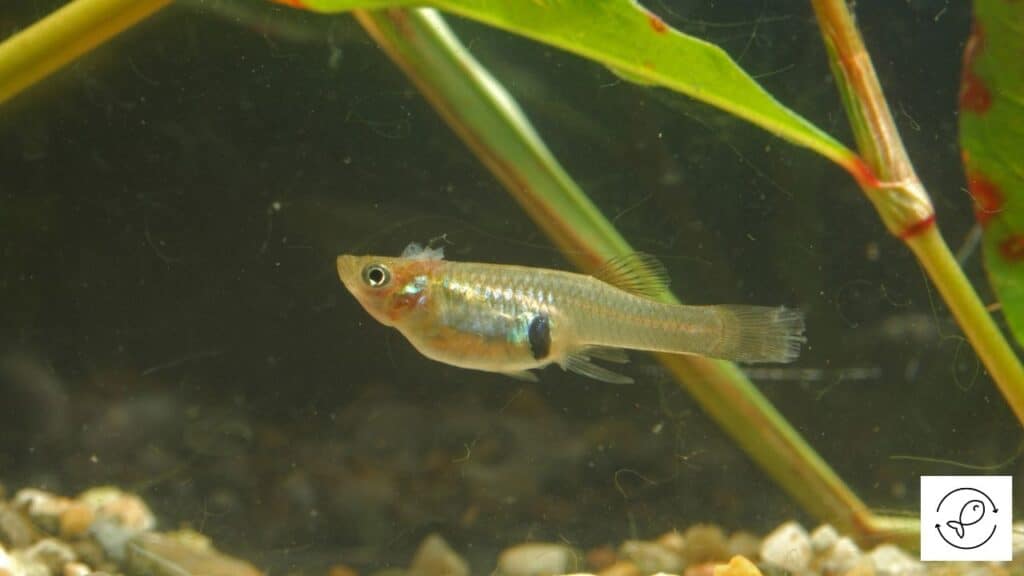
Mosquitofish, known by its generic name Gambusia fish, is the most voracious consumer of mosquito larvae.
These fish are very effective at controlling the mosquito larvae population as they have a huge appetite for mosquito eggs and larvae.
Mosquitofish are native to southern parts of Indiana and Illinois throughout the Mississippi Basin and the northern Gulf of Mexico tributaries.
These fish are tiny, having a dull grey body with rounded caudal and dorsal fins. They have a large abdomen and an upturned mouth.
Mosquitofish are considered larvivorous.
This is because they eat a lot of mosquito larvae and other aquatic insects, which can be a nuisance and spread diseases.
A single mosquitofish is known to consume more than 100 mosquito larvae in a single day.
It has been observed that these fish can consume mosquito larvae up to a maximum of 42% to 167% of their body weight.
These fish feed on mosquito larvae throughout their life.
They also feed on zooplankton, beetles, insect larvae, small insects, and detritus matter.
Mosquitofish were introduced directly in many waterbodies worldwide as a biocontrol mechanism for the mosquito larvae population.
This, in turn, affected other aquatic species negatively.
Health departments across various states also used these fish widely to curb dreadful diseases like malaria and dengue.
Bluegill Fish
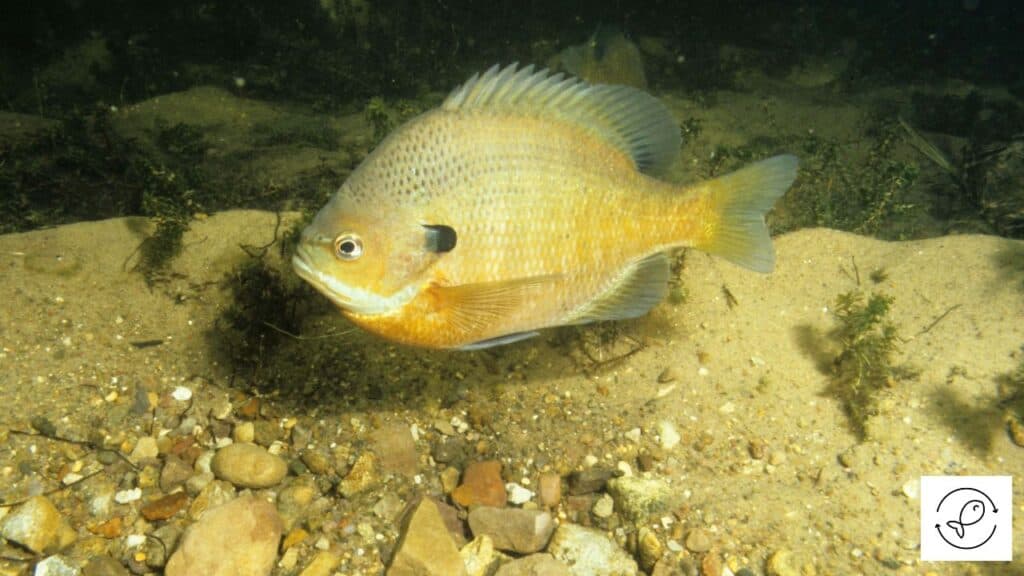
Bluegill fish are freshwater fish native to North America. They inhabit the shallow waters of rivers, lakes, ponds, streams, and creeks.
These fish have a highly compressed body. Another distinctive feature is their coloration.
They have a deep blue and purple color on the gill and face, orange to yellow belly, and olive-colored bands on the side body.
Bluegill fish can grow up to 12 inches in length and need a large tank of at least 75-gallon capacity to live peacefully.
These fish are voracious predators and consume mosquito larvae in abundance.
Apart from mosquito larvae, they feed on small fish, shrimp, snails, worms, small crustaceans, insects, aquatic plants, and algae in their natural environment.
Minnows

Minnow is a common name for a lot of small freshwater fish species belonging to the several genera of the Cyprinidae family.
They are primarily found in North America.
They have tight and slender bodies with dark brown color on top and green to dark olive sides.
Minnows feed heavily on mosquito larvae and are an excellent choice to control their population.
According to a study by the University of Wisconsin, minnows are considered a natural, biological, and long-term solution for controlling the mosquito population.
They are also more economical and ecologically friendly than other chemical options to restrict mosquito breeding.
Bass Fish
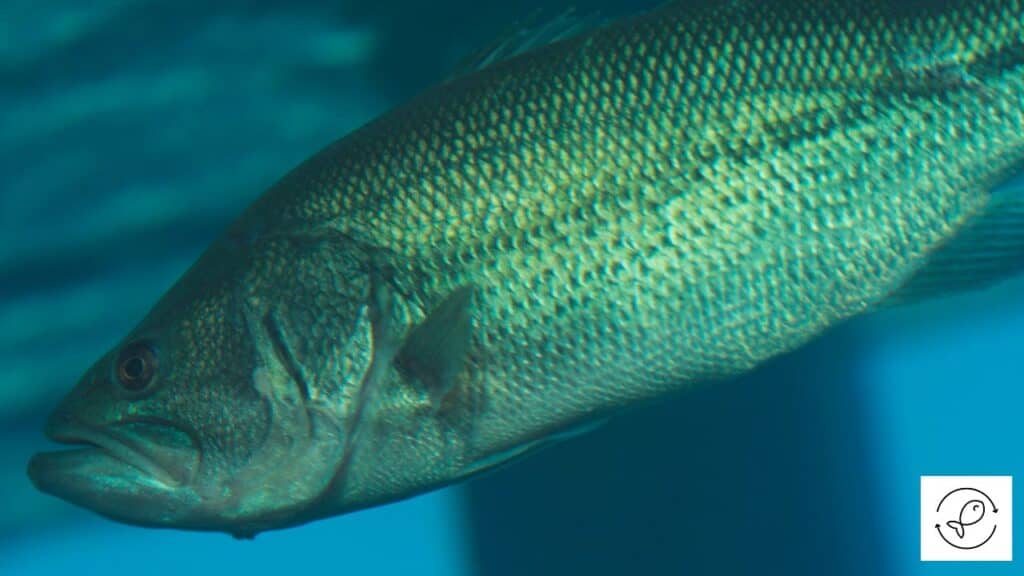
Bass is a common name shared by many freshwater and marine species, many of which are native to North America and surrounding waters.
There are many varieties of bass fish, and their appearance varies greatly depending on their habitat and size.
These fish devour mosquito larvae as it’s their preferred food.
Other than mosquito larvae, bass fish feed on various food depending on their size and age.
Young bass fish mainly feed on small crustaceans, aquatic insects, zooplankton, and other tiny organisms.
On the other hand, adult bass fish eat small fish such as crayfish, shiners, minnows, sunfish, trout, etc., along with frogs and worms.

